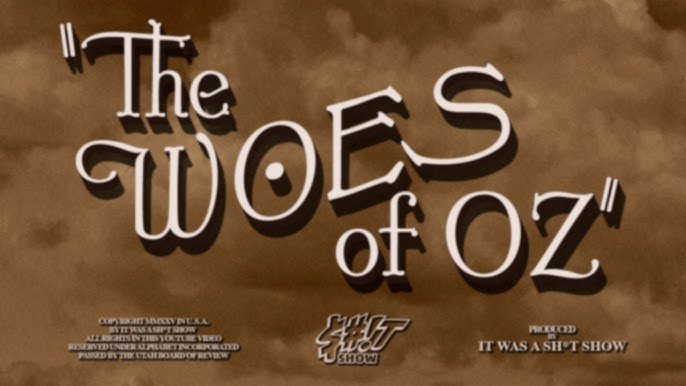
"This entailed an extension "upward and outward with the help of A.I. as well as visual effects artists. The cool tornado created by Arnold Gillespie for the original has been traded for something digital, and eventually you can't see it at all, because you're inside the funnel. New performances and vistas have also been generated," which is "at best questionable" ethically, to say nothing of the aesthetics."
""most audiences will gladly overlook all of this, wowed by the sheer scale of the spectacle." The Wizard of Oz has, as has often been said, the kind of "magic" that endures through even great deficiencies in presentation. That quality first became apparent in 1956, seventeen years after the movie's release in cinemas, when it first aired on television. Though the dramatic transition from black-and-white to color"
The Wizard of Oz now plays at the Las Vegas Sphere in a heavily altered, dome-scaled form that stretches and morphs the 1939 film to fit the venue. The production extends footage upward and outward using A.I. and visual effects, replaces Arnold Gillespie's practical tornado with a digital funnel that places the audience inside the storm, and generates new performances and vistas. These interventions raise ethical and aesthetic questions. Most audiences nonetheless respond to the overwhelming scale of the spectacle. The film's enduring magic dates back to its 1956 television broadcast, when 45 million viewers tuned in.
Read at Open Culture
Unable to calculate read time
Collection
[
|
...
]